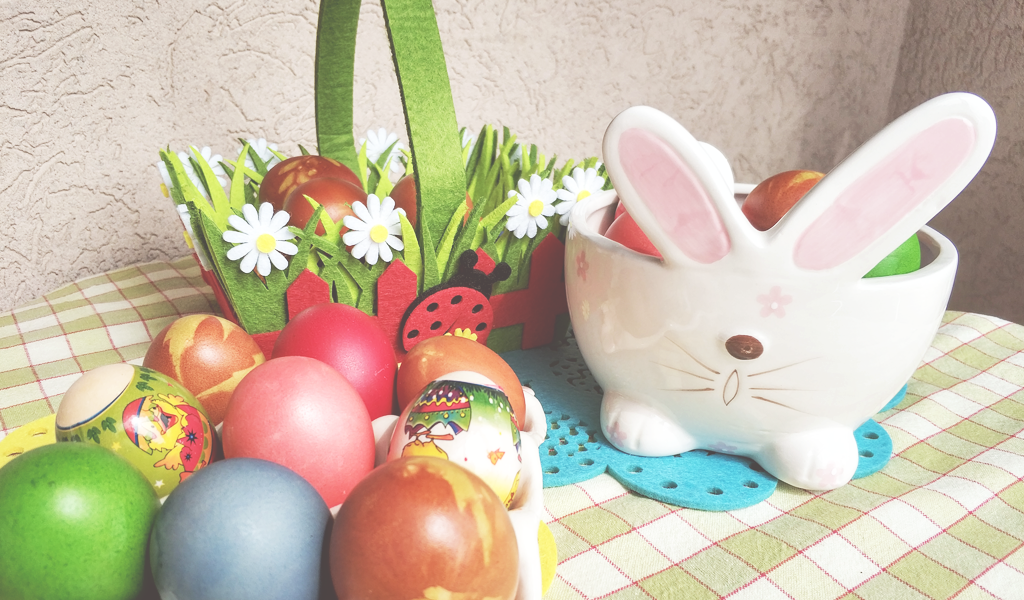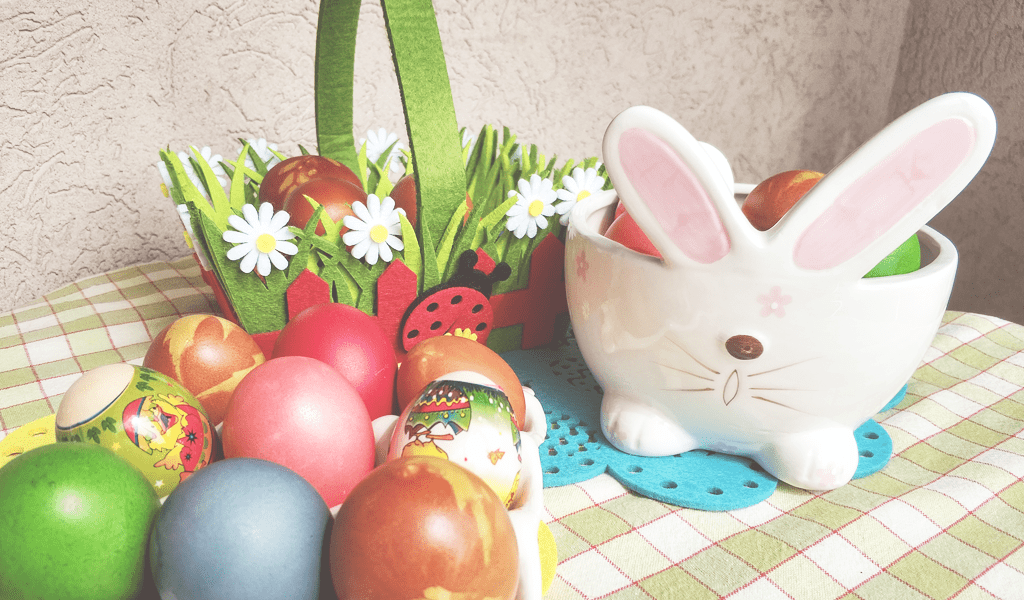celebrating Easter in Serbia: Everything you need to know
By Danica Gómez Marković

Serbian Easter is a vibrant celebration that blends Orthodox traditions with unique local customs. Whether you are curious about Serbian Easter celebrations or simply want to greet someone with Happy Easter in Serbian, you’ve come to the right place!
Quick Facts About Serbian Easter
When Is Serbian Easter?
The Serbian Orthodox Church follows the Julian calendar, so its Easter date often differs from the Western (Gregorian) celebration. In 2025, it falls on the same day, 20th of March.- Main Traditions:
Egg dyeing, festive meals, and unique Holy Week events rather than egg hunts or elaborate processions. Key Phrases:
- Greeting: “Hristos vaskrese!”
- Response: “Vaistinu vaskrse!”
- Or simply, “Srećan Uskrs!” (Happy Easter)
- Perfect Your Pronunciation:
- Use our audio pronunciation guide to master these expressions and add an authentic touch to your greetings.
Dive Deeper: Listen to Our Podcast Lesson on Serbian Easter
Before exploring the detailed events of Holy Week, be sure to check out our TalkIn’ Serbian Intermediate Podcast Episode about Easter – crafted specifically for intermediate-level students of Serbian and those who speak it as a second language.
In this episode, we break down the unique Easter celebrations in Serbia, compare them with those in Spain, and share behind-the-scenes insights along with practical language tips.
Listen now the Intermediate Episode: Easter to boost your Serbian skills and connect with the culture!
Why are there two different Easters? (Understanding the Calendars)
Serbia’s largest religious community is Orthodox. The Serbian Orthodox church uses the Julian calendar, a different calendar than the one in general use (called the Gregorian).
This is why Orthodox Easter is usually celebrated on a different day than in many Western countries. Despite the differing dates, both celebrations honor the same resurrection event.
In conclusion, there aren’t two Easters, only different churches using different calendars to celebrate the same holiday.
What to expect and what not to expect during Easter time in Serbia?
If you’re planning on traveling to Serbia, know that there might be more visitors and tourists during the holiday. This especially refers to the airports and border crossings, so be prepared for the crowds. It can also happen during the time of the Western Easter, since a lot of people are traveling in general.
Something you might expect but won’t see during Easter in Serbia is egg hunting. Yes, Easter in Serbia is related to eggs, but there is no hunting and no Easter Bunny. Sorry.
Another thing you won’t see are processions. There are some church related events, but not the typical processions you can see in the western part of Europe.
Important events during Holy Week
Great Lent
Great Lent or Great Fast (Serbian: Veliki post) is a 40-day fasting period. Begins 40 days before Easter and finishes on Easter Sunday. Although somewhere fasting means not eating any food, in Serbia people usually avoid just foods of animal origin. Eating fish is allowed. A lot of people in Serbia fast during this period, but still most Serbians fast only on Good Friday and Holy Saturday.
Lazarus Saturday
The week before Easter Sunday is always preceded by Lazarus Saturday (Serbian: Lazareva Subota or Vrbica). If you go through the town, you’ll see children with little bells around their necks and willow branches in their hands (willow in Serbian: vrba – therefore, vrbica). They will probably have laurels on their heads, too.
Palm Sunday
Palm Sunday, or in Serbian Cveti is a holiday related to flowers (in Serbian: cveće). On this day or the day before (Lazarus Saturday) you pick flowers, give them to others, make a laurel, a wreath or a bouquet. Traditionally, if you make a wreath you should hang it on the front door of your house. It should stay there until Easter.
Good Friday
Veliki petak means the time has come to dye eggs. In some parts of Serbia, however, you do it on Holy Thursday or Saturday. Either way, eggs are the central point of Easter in Serbia. There are different ways to dye them. You can use the actual dyes for eggs or the natural ones.
The natural way of doing it is to cook eggs together with onion skins. First you place an interesting leaf or a flower onto the egg and find a way to make it stick. Usually people wrap it with old nylon stockings. It might sound weird to you, but it does the trick. Check out the end result.
Also, there are egg stickers, markers, skins, you name it. People take a lot of pride in their Easter eggs and put effort into making them beautiful. And the more complicated the process, the more pride points and “wows” you get.
Easter Day

It’s Uskrs! You wake up, find other people in your household and tell them: Hristos vaskrese! (tap for pronunciation) Or: Hristos voskrse (tap for pronunciation). Both are ok. They mean: Christ has resurrected.
If you’re too slow and the other person says it first, you should answer: Vaistinu vaskrse (tap for pronunciation) or vaistinu voskrse (tap for pronunciation). It means: he truly has resurrected. Pick whichever is easier for you. These phrases are part of church jargon, so you probably won’t use them anywhere but for this occasion.
However, if you do use them properly you will really leave Serbian-speaking folk in awe. If it’s too difficult, you can always opt for saying: Happy Easter – Srećan Uskrs (tap for pronunciation). Although considering the lack of vowels in the word Uskrs the difficulty balances out.
After these formalities, find Easter eggs. No worries, this is not about egg hunting. It should be fairly easy for you to spot dyed eggs on a dining table or similar. Once you see them, make sure to pick a strong one because egg cracking is about to begin. How is this tradition performed? Check the video below.
Don’t forget this is all about tradition and fun, so no hard feelings if you lose.
More on Easter in Serbia
Good news is that Good Friday and Easter Monday are both non-working days, so you and people around you can really enjoy this holiday. Many people look forward to egg cracking activities and the Easter Day lunch. But if you are hoping to go sightseeing around town, know that most places will be closed.
You are now all equipped with knowledge to spend Easter in Serbia. Still, if you want to know even more, check out our TalkIn’ Serbian Intermediate podcast episode about Easter. Here we inform you about different ways of celebrating Easter in Serbia and Spain.
If you celebrate Easter in your country, are there some traditions we have in common?
Want to know more about the Serbian language?
Check out our beginner lessons and start learning for free.